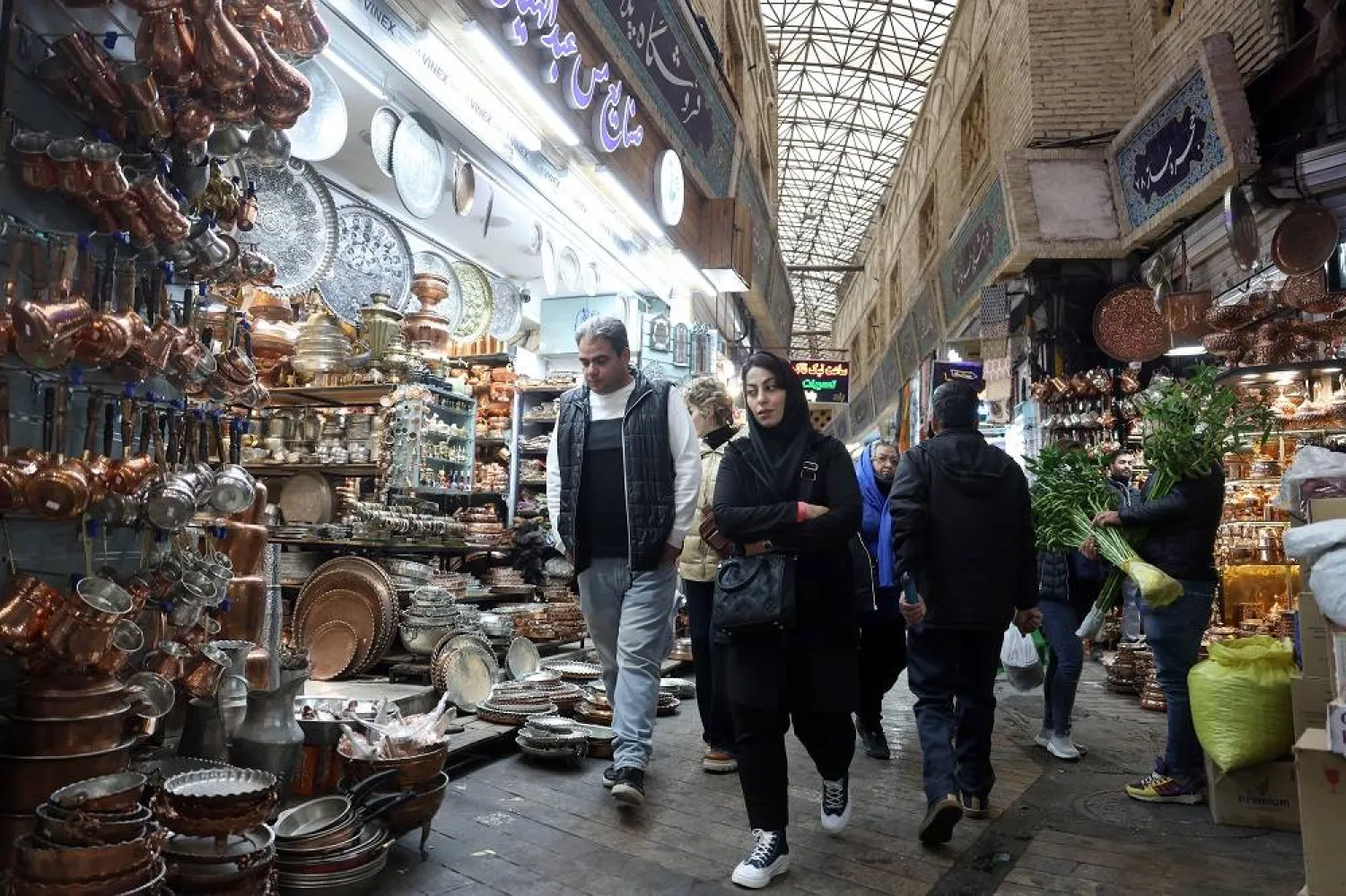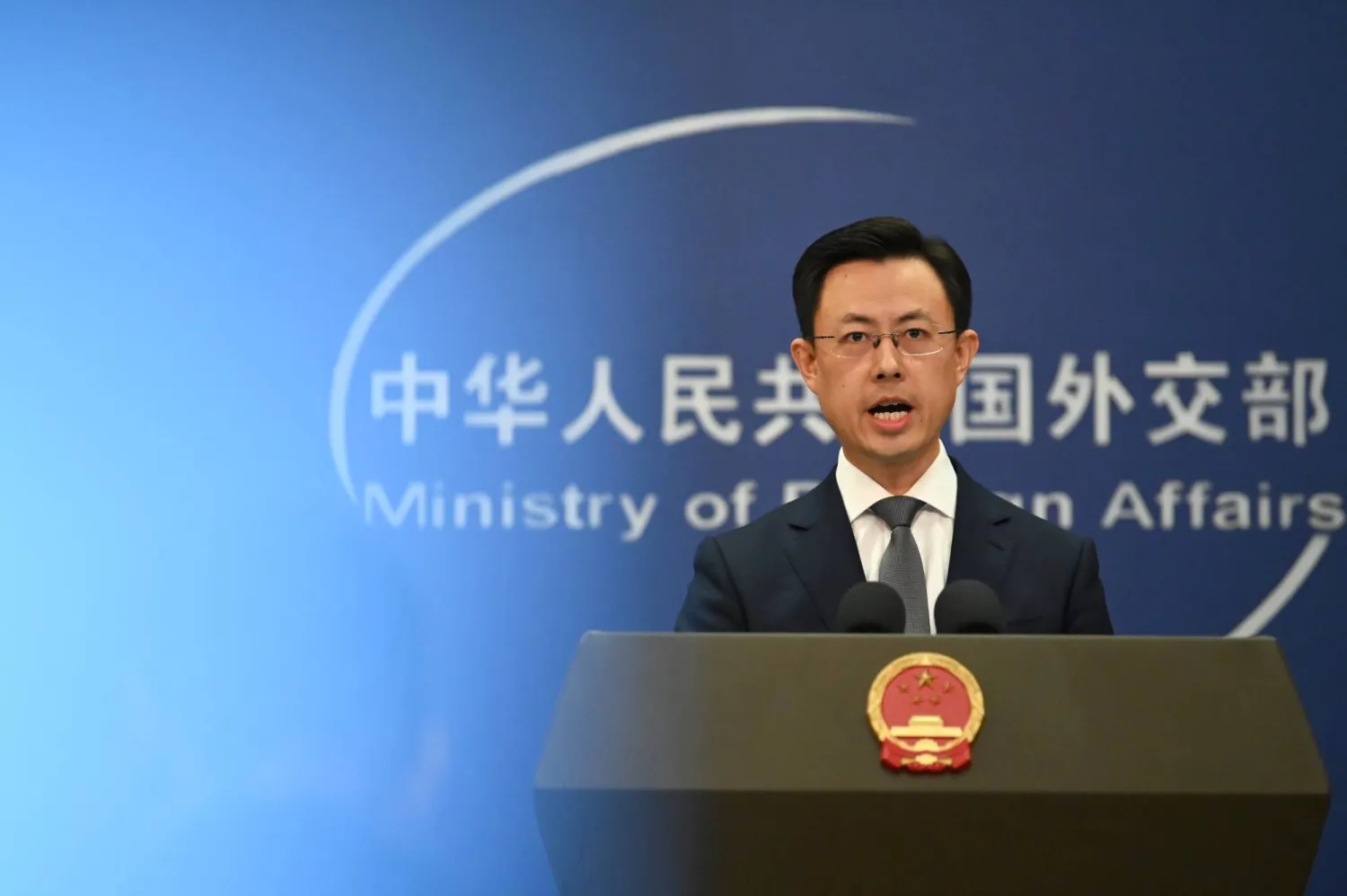Ukraine's President Volodymyr Zelenskiy on Wednesday hailed the European Union's expected offer of candidate status for his battle-weary nation as Russian forces pounded Ukraine's second biggest city Kharkiv and the eastern Donbas region.
European leaders will formally set Ukraine on the long road to EU membership at a summit in Brussels on Thursday. Though mainly symbolic, the move will help lift national morale at a very difficult time in a four-month conflict that has killed thousands, displaced millions and flattened towns and cities.
The war has also had a massive impact on the global economy and European security arrangements, driving up gas, oil and food prices, pushing the EU to reduce its heavy reliance on Russian energy and prompting Finland and Sweden to seek NATO membership.
"I do believe that all 27 European Union countries will support our candidate status," Zelenskiy told students of the Munk School of Global Affairs and Public Policy in Toronto via videolink.
"This is like going into the light from the darkness."
But for now, Zelenskiy, his forces running low on ammunition as a fierce war of attrition grinds on in the Donbas, has more urgent priorities than attempting to meet EU standards on tackling corruption or reforming public administration.
‘Missile impact’
The Russian strikes on Tuesday and Wednesday on Kharkiv, near the Russian border, were the worst for weeks in an area where normal life had been returning since Ukraine pushed Moscow's forces back in a major counter-offensive last month.
Kyiv characterized the strikes, which killed at least 20 people, as an attempt to force Ukraine to pull resources from the main battlefields further south in the Donbas to protect civilians.
"It was shelling by Russian troops. It was probably multiple rocket launchers. And it's the missile impact, it's all the missile impact," Kharkiv prosecutor Mikhailo Martosh told Reuters amid the ruins of cottages struck on Tuesday in a rural area on the city's outskirts.
Medical workers carried the body of an elderly woman from a burnt-out garage to a nearby van.
"She was 85 years old. A child of the war (World War Two). She survived one war, but didn't make it through this one," said her grandson Mykyta.
Ukrainian presidential adviser Oleksiy Arestovych said in a video address that Russian forces were hitting Kharkiv "with the aim of terrorizing the population".
"And if they keep doing that we will have to react - and that is one way to make us move our artillery," he said. "The idea is to create one big problem to distract us and force us to divert troops. I think there will be an escalation."
Zelenskiy has also warned of an escalation in fighting ahead of the EU summit. Russia has long opposed closer links between Ukraine and Western clubs such as the EU and especially NATO.
Russian forces have made only slow progress in the Donbas, using overwhelming artillery in some of the most intense ground fighting in Europe since World War Two.
Moscow says Ukrainian forces in the devastated city of Sievierodonetsk, scene of the heaviest recent fighting, are trapped. It told them last week to surrender or die after the last bridge over the Siverskyi Donets river was destroyed.
But Oleksandr Ratushniak, a freelance photographer who reached Sievierodonetsk with Ukrainian forces in recent days, filmed reinforcements crossing in an inflatable raft.
Inside Russia, a fire tore through an oil refinery just 8 km (5 miles) from the border with territory in the Donbas controlled by pro-Russian separatists, after what the refinery described as a cross-border attack on Wednesday by two drones.
There was no immediate Ukrainian comment on the strike, which suspended production at the Novoshakhtinsk refinery.
Ukraine generally does not comment on reports of attacks on Russian infrastructure near the border, which in the past it has called "karma" for Russian attacks on Ukraine.
In southern Ukraine, officials said seven Russian missiles had struck the port of Mykolaiv, killing at least one person and causing several major fires. Global grain trader Viterra said its terminal in Mykolaiv had been hit and was ablaze.
The International Committee of the Red Cross appealed to both sides to spare civilians and essential infrastructure and to facilitate the delivery of humanitarian aid.
Remembrance
Wednesday was the "Day of Remembrance and Sorrow" in both Russia and Ukraine, commemorating the day Hitler's Germany attacked the Soviet Union. Russian President Vladimir Putin laid flowers at a memorial flame for the dead.
World War Two, which killed 27 million Soviet citizens, plays a prominent role in Russian commentary on the Ukraine invasion, which Putin calls a "special operation" to root out "Nazis". Kyiv and the West call that a baseless justification for a war to wipe out Ukraine's identity as a separate nation.
"Psychiatrists of the future will examine: how after building the WWII cult for years, Russia began to recreate bloody pages of the history and Nazis' each step," Ukrainian presidential adviser Mykhailo Podolyak tweeted.
Diplomats say it will take Ukraine a decade or more to meet the criteria for joining the EU, noting its relatively low living standards and rampant corruption even before the war, which will have exacerbated many problems.
But EU leaders say Ukrainians are fighting for European values of democracy and self-determination, and that the bloc must make a gesture that recognizes their sacrifice.
"(Europe's) next chapter is being written today by the brave people of Ukraine and by all of us who must accompany them on their European path," European Commission president Ursula von der Leyen told the European Parliament.









